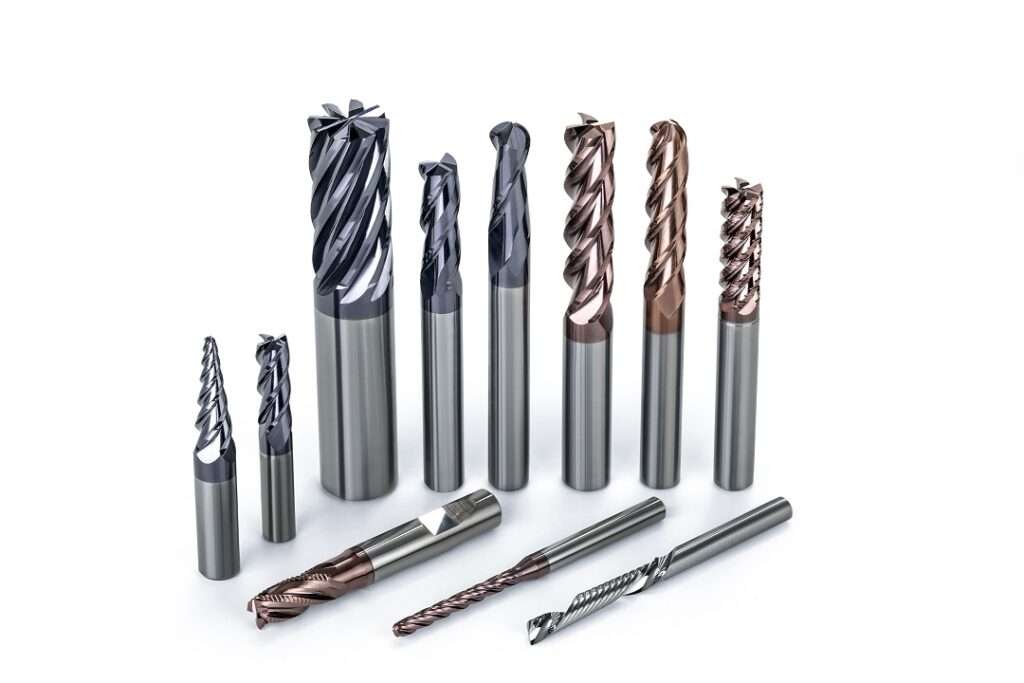Toyota, traditionally slower in the electric vehicle (EV) race compared to other legacy automakers, is now steering towards a future where most, if not all, of its Toyota and Lexus models could be hybrid-only. This strategic shift comes nearly 30 years after Toyota revolutionized the auto industry with the launch of the Prius, its groundbreaking gasoline-electric hybrid.
Two Toyota executives have revealed that the company is evaluating its entire lineup to determine if transitioning to hybrid-only models makes sense, with decisions being made during each model’s redesign. This move reflects Toyota’s challenge to the prevailing industry belief that the future of automobiles is entirely electric.
Toyota Chairman Akio Toyoda has expressed skepticism about a fully electric future, predicting that EVs might only capture 30% of the global market. Instead, Toyota is pursuing a “multi-pathway” approach, which includes not only EVs but also hybrids, hydrogen fuel-cell vehicles, green fuels, and emerging technologies.
David Christ, head of sales and marketing for Toyota in North America, mentioned that the company plans to assess whether going hybrid-only is the right choice for each model as they undergo redesigns. This includes the upcoming overhaul of the RAV4, America’s top-selling SUV, which already has hybrid versions making up about half of its sales. While a final decision hasn’t been made, insiders suggest that Toyota is likely to phase out the gasoline-only RAV4 in North America.
The shift towards hybrid-only models has already begun, with Toyota discontinuing the gasoline-only version of its Camry sedan for the 2025 model year. Other models like the Land Cruiser and Sienna minivan are now offered exclusively as hybrids. Additionally, many of these hybrid-only models may also be available as plug-in hybrids, which come with larger batteries.
Toyota’s focus on hybrids is a strategic response to the slowing demand for EVs, which has been impacted by their high prices and the challenges of charging infrastructure. Unlike EVs, Toyota’s hybrids don’t require charging and can seamlessly switch between gasoline and electric power. Plug-in hybrids can be charged and typically travel about 40 miles on battery power before switching to gasoline.
Toyota’s hybrid strategy is also designed to help the automaker comply with increasingly stringent U.S. carbon-emissions regulations. As new emission standards take effect in 2027, Toyota’s robust hybrid sales could save the company billions in regulatory fines and costs while giving it more time to develop zero-emission vehicles.
While Toyota has not set a firm deadline for transitioning to an all-hybrid lineup, certain models like pickups and economy cars may take longer to convert due to price sensitivity. In the meantime, Toyota is also planning to convert about 30% of its global fleet to EVs by 2030, focusing on a small number of fully electric versions of its top-selling models. The company has announced plans to invest $35 billion in new batteries and EV platforms by then.
In May, Toyota showcased a prototype of a small combustion engine that could one day run on biofuels or low-carbon synthetic gasoline, potentially pairing with hybrid drivetrains. This innovation is part of Toyota’s broader plan to develop hybrids starting with an EV platform and adding small engines for efficiency. The first hybrid based on this new platform is expected to be a Corolla plug-in hybrid, likely launching in China in 2026 and the United States in 2027.
It’s push towards hybrids is rooted in decades of investment in reducing costs and improving the efficiency of its gasoline-electric powertrains. For most Toyota models, the decision to go hybrid-only is becoming easier as the technology typically adds less than $2,000 to a car’s retail price. Modern hybrids also often offer more power than their gasoline-only counterparts, addressing consumer concerns that once limited hybrid adoption.
This strategy has already paid off, with hybrids accounting for 37% of it’s sales as of June, up from just 9% in 2018. The surge in hybrid sales has been a key driver of it’s profits and stock price, which have reached record highs this year. Christ stated that the company expects hybrid sales to continue accelerating, predicting that they will make up over 50% of the company’s total volume next year.
Toyota’s U.S. hybrid sales through June 30 rose by 66% compared to the previous year, with 438,845 vehicles sold, compared to just 15,107 EVs. Industry experts predict that while EV growth will continue, it won’t match the rapid pace of recent years. Hybrids and plug-ins, which are easier and more familiar alternatives to EVs, are expected to continue gaining market share.
It’s plan to increase its plug-in hybrid offerings is partly driven by U.S. emissions rules that give these vehicles substantial credit for reducing pollution. This strategy is supported by it’s new battery plant in North Carolina, which will produce 30 gigawatt-hours of batteries annually by 2030.
According to Katsuhiko Hirose, a former company manager and current energy consultant, Toyota’s hybrid strategy will give the automaker more time to develop EVs and other next-generation technologies. Hirose estimates that U.S. regulations will likely require the company to be nearly all-hybrid by around 2030, with a growing share of plug-in hybrids, to avoid regulatory penalties. “Hybrids will buy them more time and give Toyota flexibility over how fast and how many EVs they’d have to roll out,” Hirose said. “They won’t feel pressured to produce EVs at a faster pace than they’re ready for.”







